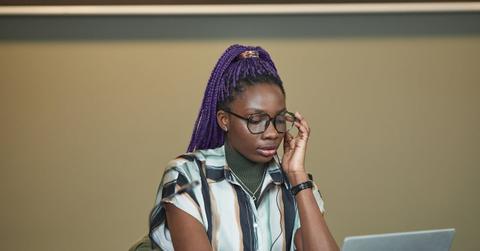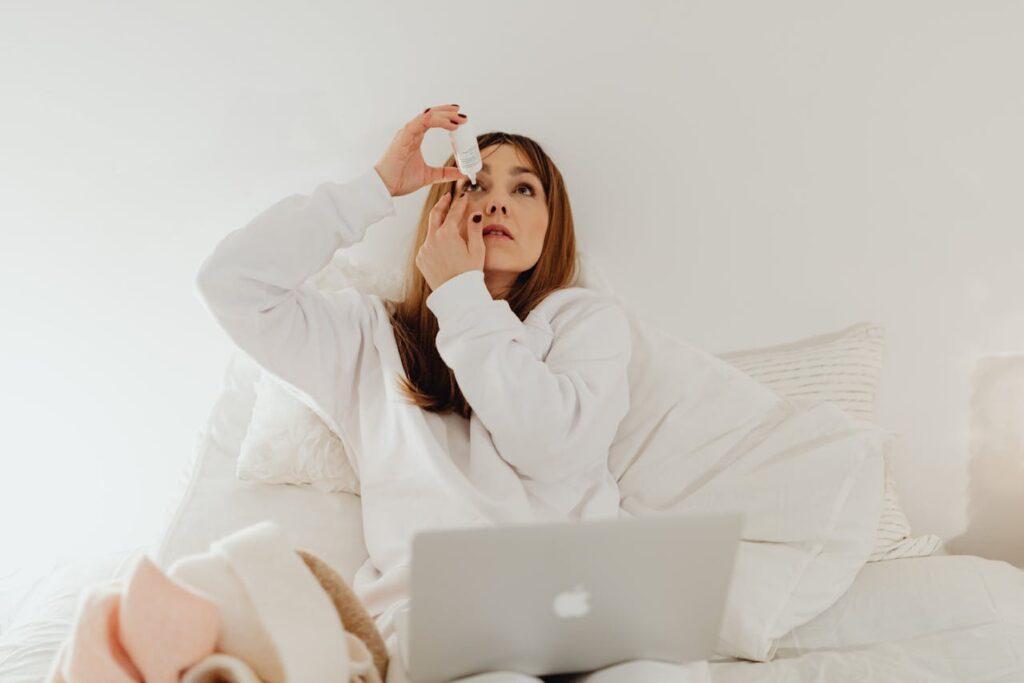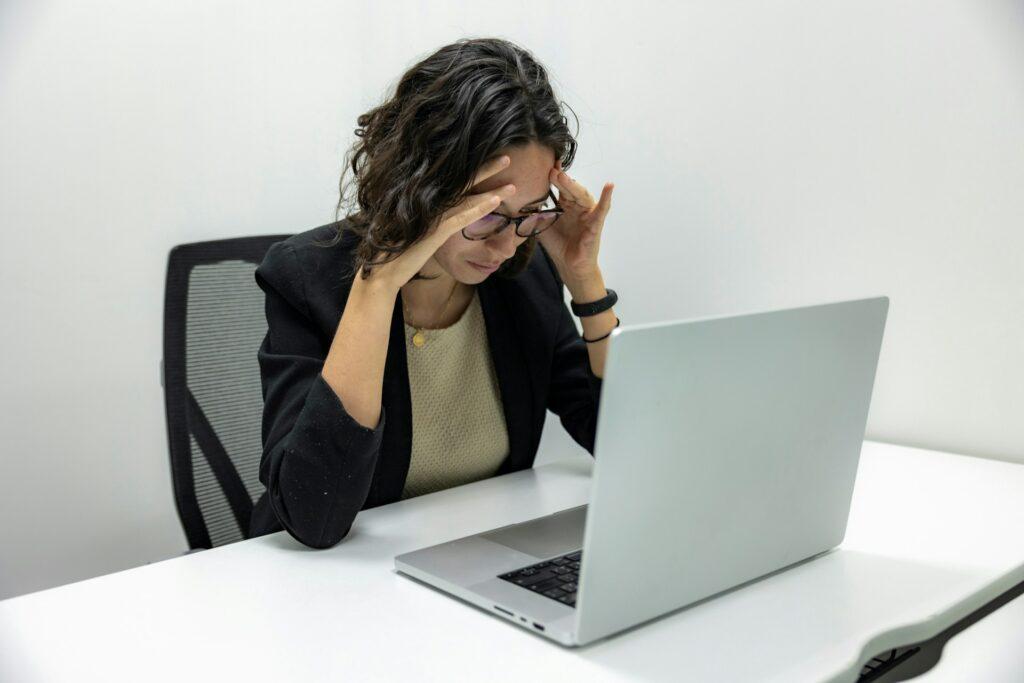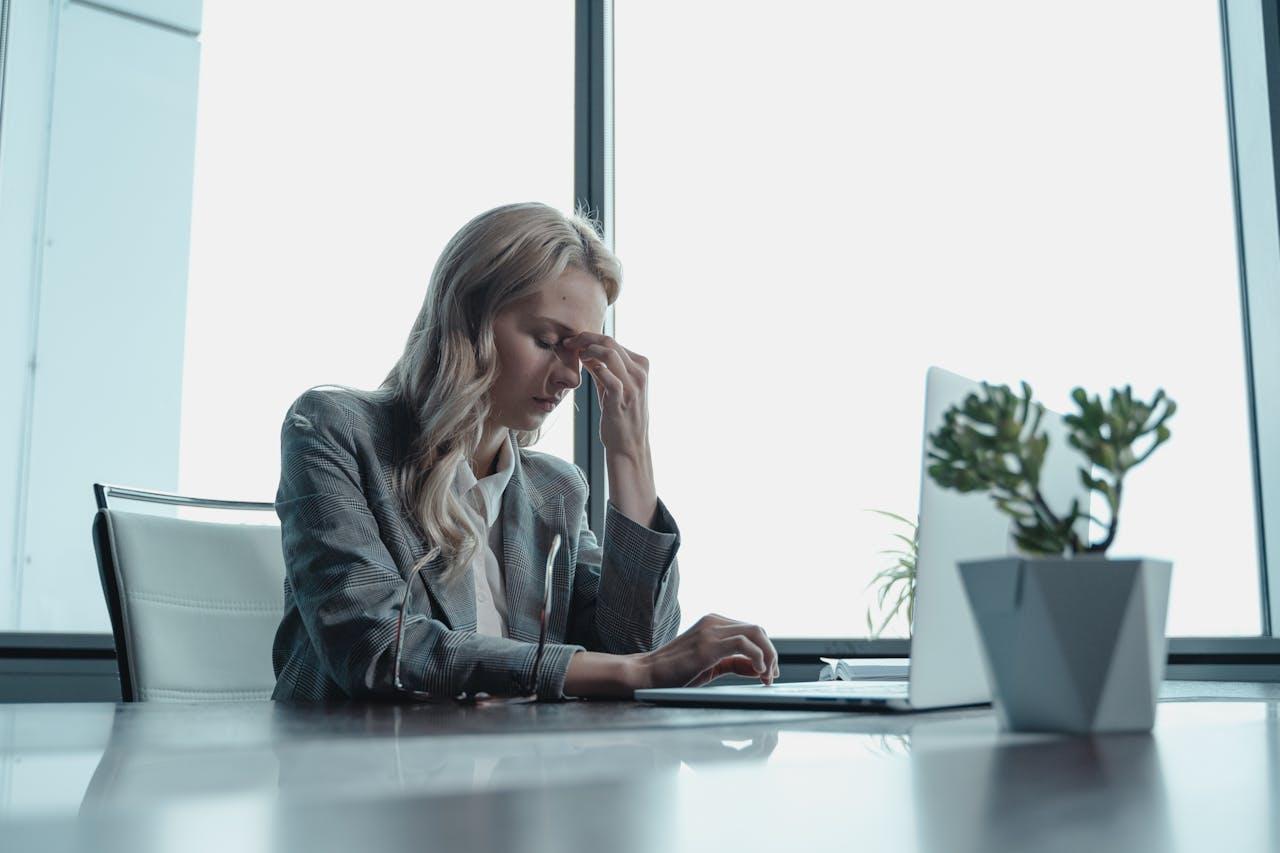What Women Should Know About Screen Time And Eye Health

Your laptop is glowing, your phone buzzes and your eyes are dry, strained and basically begging for a break. If you’re like most working women, screens are part of the job — and your downtime.
Here’s what you should know if you want to keep seeing clearly for years to come.
The Reality Of All-Day Screen Time
Between work, emails and trying to unwind with a show, women are spending much of their day with their eyes on screens. This sustained exposure can lead to digital eye strain, blurry vision, headaches and disrupted sleep. If that sounds familiar, you’re not alone. It’s a modern-day occupational hazard for professionals, entrepreneurs and everyone who’s ever answered “Just one more email” at midnight.
While it may be tempting to blame your tired eyes on a bad night’s sleep or too much caffeine, screen time is often the main culprit. The key isn’t cutting screens out entirely — it’s learning how to use them without burning out your vision. That starts with awareness and a few intentional changes you can actually stick to.

SOURCE: PEXELS
The Science Of “Screen Eyes”
Prolonged screen use reduces blink rates, drying out eyes and causing irritation. It’s called Computer Vision Syndrome and symptoms include eye fatigue, dry eyes and trouble focusing. Over time, poor posture and screen glare also contribute to tension headaches and neck strain. While these issues can affect anyone, women are more likely to report severe symptoms due to hormonal differences that impact tear production, especially during menstruation or menopause.
Blue Light Hype: What’s Real And What’s Not
Blue light gets a bad rap, but not all of the concern is deserved. While exposure to screens doesn’t likely cause permanent damage, it can disrupt your sleep cycle and worsen digital eye strain. So yes, blue light glasses might help, but don’t expect them to solve everything. Reducing screen brightness at night, turning on Night Mode and cutting down on late scrolling help, too.
If cutting screen time at night feels impossible, try starting small. Read a physical book before bed, dim the lights earlier or use a red-light filter app in the evenings. These little steps can help reset your body’s internal clock and improve the quality of sleep that’s often hijacked by endless scrolling.
Daily Habits That Actually Help
Let’s get practical. First, the 20-20-20 rule: every 20 minutes, look at something 20 feet away for 20 seconds. Your optometrist will love you. Next, keep screens an arm’s length away and positioned just below eye level. Blink consciously and use artificial tears if dryness persists. Adjust your lighting to reduce glare and consider anti-reflective screen protectors.
When screen fatigue is managed, productivity and mental health also improve. So these aren’t just eye hacks — they’re life hacks.

SOURCE: PEXELS
When To See A Professional
If you’ve got chronic headaches, blurry vision or dry eyes that eye drops won’t fix, it’s time to schedule an eye exam. And no, your last appointment during college doesn’t count. Ask your optometrist about computer glasses, personalized ergonomic advice and tear film testing.
Early intervention prevents long-term strain. Bonus: Regular checkups can detect other health issues, like high blood pressure or diabetes. Your eyes are multitasking queens, so respect them accordingly.
TL;DR — What You Can Do Right Now
Think of this as your eye health cheat sheet — the bare minimum best practices you can do right now, even if your calendar is chaos and your screen time is nonnegotiable. Small changes, big relief:
- Use the 20-20-20 rule.
- Blink more than you think you need to.
- Turn on Night Mode after 6 p.m.
- Adjust your monitor setup.
- Book that overdue eye appointment.
- Get blue-light glasses only if they make you feel better.
A Sight For Sore Eyes
You don’t have to ghost your devices or move to a cave to protect your vision — just make smarter choices with the screen time you do have. From blink breaks to blue-light boundaries, these tiny tweaks can make your eyes happy, hydrated and headache-free.






